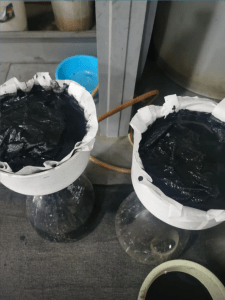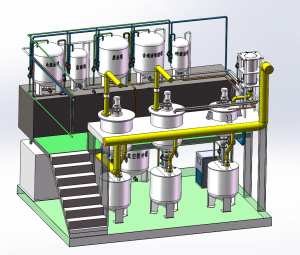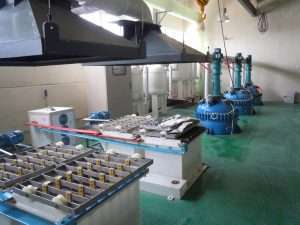Call us now:
What is the behavior of impurities during the silver electrolytic refining process? Answer: During the silver electrolysis process, based on the differences in properties and behaviors of each element, the impurity behaviors are classified as follows:
1. Metals that are more electronegative than silver: Such impurities may dissolve during the electrolysis process. After representative metals such as lead, antimony, arsenic, bismuth and copper enter the electrolyte, impurities will gradually accumulate, contaminating the electrolyte, consuming nitric acid, and reducing the conductivity of the electrolyte.
2. Metals that are more electropositive than silver: These metals do not undergo electrochemical dissolution, but exist in the silver anode mud in a solid state. The representative metals are gold and platinum group metal elements. When the content is small, it will have no adverse effect on the electrolytic refining of silver. When the content is high, it will remain on the anode surface, hindering the dissolution of the anode silver, and even cause passivation of the anode, causing The silver electrode potential increases, affecting the normal progress of electrolysis.
3. Metals that exist in the form of compounds: such as Ag₂Te, Ag₂Se, Cu₂Te and Cu₂Se, etc., because their electrochemical activity is very small, electrochemical dissolution does not occur during the electrolysis process. As the anode dissolves, most solid particles fall off to the anode mud. middle.


